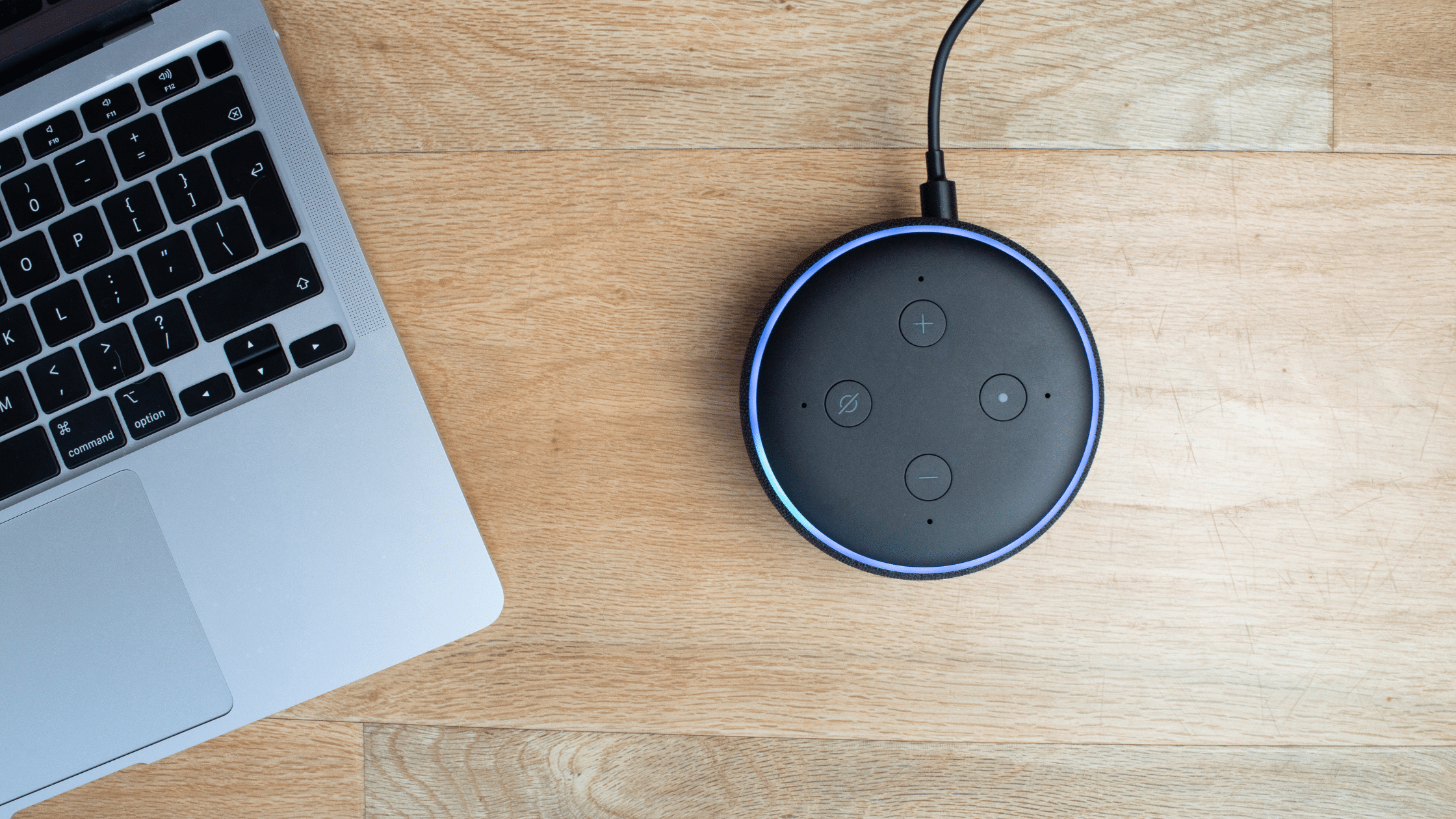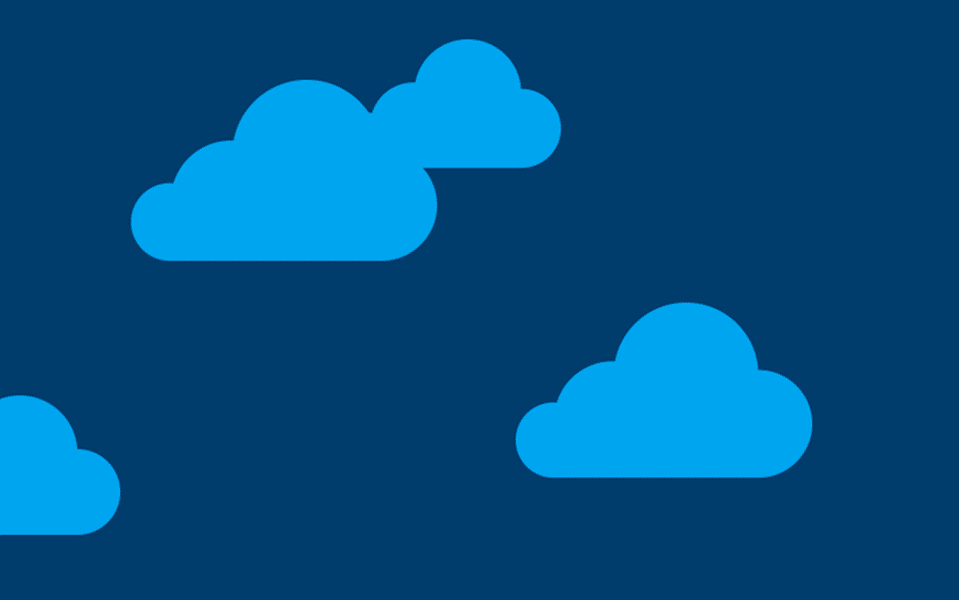Work & Tech Habits That Are Good for the Environment
With Earth Day coming up this week, we're thinking about some of the ways that we as both innovators and consumers of technology can shape our habits in Earth-friendly ways. It's easy to overlook simple things that can collectively make a big impact. Here are a few tech habits that make work and home life a little more forward-thinking with respect to the environment.
Remote Work
This may be one you can already pat yourself on the back for, given the amount of work over the past year that has been done at home due to COVID-19. If everyone whose job allowed for it worked from home, Americans could reduce their CO2 emissions by something like 66 million metric tons annually. But even if you're anxious to see your coworkers in person again as businesses begin to open back up, working at home one or two days a week would still have an impact. (Plus, working from home can have other environmental perks, like less need to buy new clothing---and perhaps less laundry to do as well!)
Drinking on the Job

Of course, many people can't or won't be working remotely forever. If your business relies on an office with a communal kitchen or snack area, what kinds of drinks do you have on hand? If you haven't already ditched the bottled water and Keurig cups, consider a larger water tank or pitcher filter that people can refill their reusable bottles with, and a coffee maker that grinds fresh beans on the spot without unnecessary waste. Your employees and the Earth will both thank you.
Quitting Paper

We've had options to "go paperless" forever now. Are you and your company making full use of these options? It's easier than you think to drastically reduce the unwanted paper that gets sent your way. You can opt out of receiving junk mail, and don't forget to tell organizations like your internet and healthcare providers that you prefer your statements and summaries by email too.
Streamlining your Stream
When you stream video, large amounts of data are passed from a server farm, to switches, to routers, to edge-security appliances, to more switches on the internet backbone, and finally to your streaming destination. All of that requires power, a fact that's good to be mindful of. At home this could mean reminding your kids not leave video streaming while they go in another room; at in-person work, it might mean playing training videos in a community session rather than asking each team member to do it separately.
Smart Shut-offs
Likewise, you can save energy by turning off other appliances that you're not using. The old-fashioned way to do this is to remember to manually switch off everything when you're done with it. More innovative smart devices allow for things like automatic shut-offs and remote adjustments, which can be handy either at home or in a work setting. Some devices even use artificial intelligence to optimize power use or detect when it's being wasted.
Getting Full Use out of Devices

We're as excited as anyone about new technologies and upgrades, but the most cutting-edge trend is to get full use out of things before retiring them. Make your mobile devices last by protecting them from dust and heat, keeping them secure, and charging them before they dip below 30% battery life. When you do need to move on, trade in or recycle devices. Be sure to properly recycle other electronics and batteries as well, and use rechargeable batteries when you can.
More Efficient Servers
If you haven't already, consider moving your data closet to the cloud. Not only do cloud servers make your life more convenient---they're also cooled more efficiently than anything you could buy yourself. Datacenter HVAC systems are state-of-the-art, designed to use less energy than the portable HVAC unit in your network closet. (And aside from the environmental benefit, those who move their data to the cloud proactively rather than waiting until emergencies are a lot more resilient when challenges come up.)
Last Thoughts

A few more fun tips:
- Doing 100 Google searches is roughly equivalent in energy consumption to buying and drinking 1.5 tablespoons of orange juice. Reduce your overall consumption by quitting orange juice or making your Google searches more efficient.
- Columbia University's Earth Institute lists eating as the #1 easiest way to reduce your carbon footprint. One person's Meatless Mondays can save 2,920 carbon pounds a year. With all the yummy restaurant options out there, it's easy to do company lunches that are mindful of the environment. (Also see our post on how technology can play a role on livestock farms.)
- Bring a little creativity into your company's collective habits. Things like employee incentives or monthly challenges and competitions are good ways to energize the team and produce some beneficial results.
Stay connected. Join the Infused Innovations email list!
Share this
You May Also Like
These Related Posts

IoT Vulnerabilities (and What to Do About Them)

Responsibilities of the Tech Industry

No Comments Yet
Let us know what you think